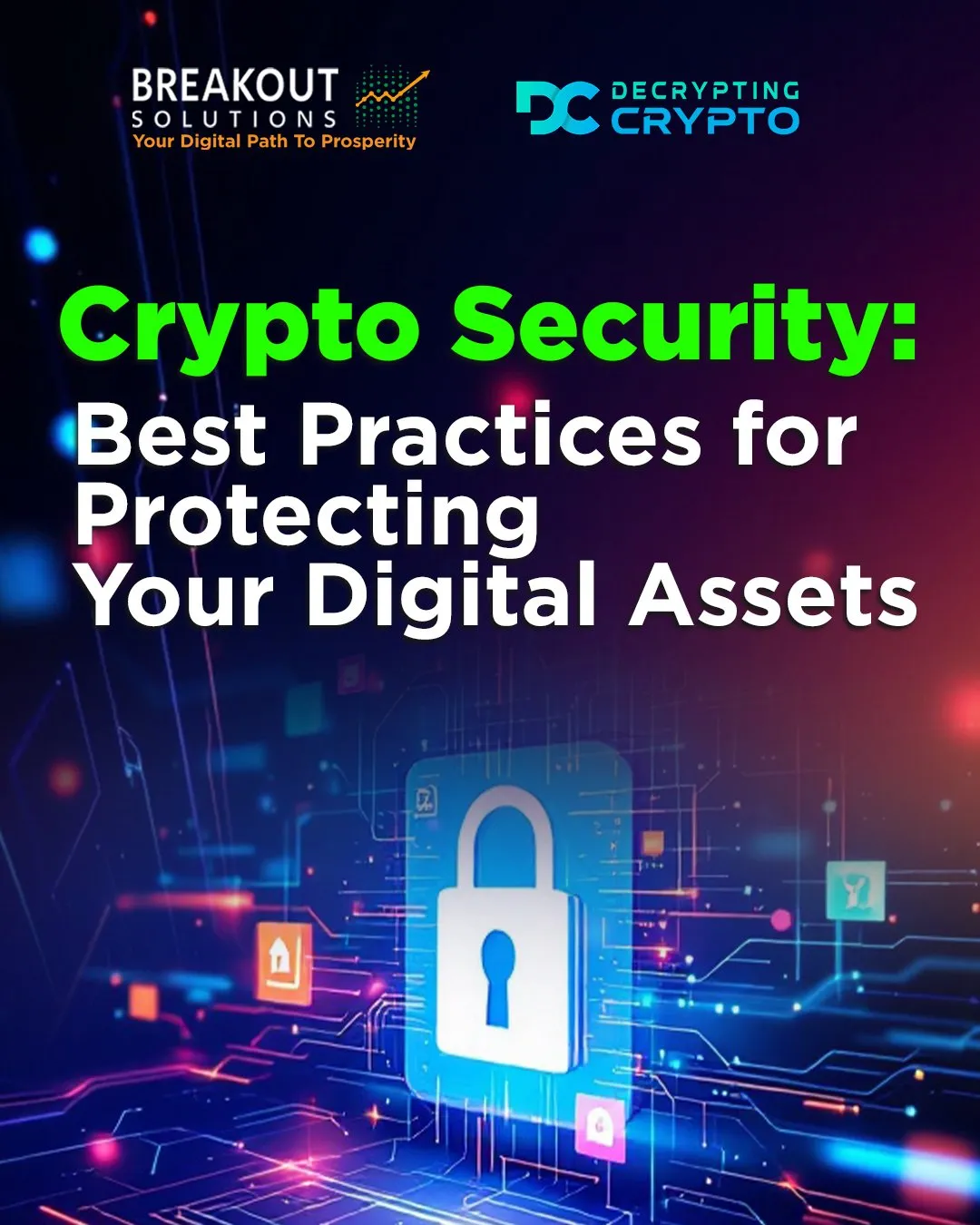Crypto Security: Best Practices for Protecting Your Digital Assets
Author: JR Foronda

As the popularity of cryptocurrencies continues to rise, so does the importance of securing your digital assets. With the decentralized nature of blockchain technology, the responsibility for safeguarding your investments falls squarely on your shoulders. Here are some best practices to ensure your crypto holdings remain safe and secure.
1. Use a Secure Wallet
Choosing the right wallet is crucial for crypto security. There are several types of wallets, each with varying levels of security:
- Hardware Wallets: These are physical devices that store your private keys offline, making them immune to online hacks. They are considered one of the safest options for long-term storage.
- Software Wallets: These are applications installed on your computer or smartphone. While convenient, they are more vulnerable to malware and hacking attempts. Always ensure your device is secure and up-to-date.
- Paper Wallets: A paper wallet involves printing your private keys and storing them physically. While secure from online threats, they can be lost or damaged, so handle them with care.
2. Enable Two-Factor Authentication (2FA)
Two-factor authentication adds an extra layer of security to your accounts. By requiring a second form of verification, such as a code sent to your phone, you can protect your accounts even if your password is compromised.
3. Keep Your Private Keys Private
Your private keys are the gateway to your crypto assets. Never share them with anyone, and avoid storing them in easily accessible places, such as cloud storage or email. Consider using a password manager to securely store your keys.
4. Be Wary of Phishing Scams
Phishing scams are designed to trick you into revealing your private information. Always verify the authenticity of emails, websites, and communications related to your crypto accounts. Look for secure connections (HTTPS) and double-check URLs before entering sensitive information.
5. Regularly Update Your Software
Keeping your wallet software, antivirus, and operating system up-to-date is essential for protecting against vulnerabilities. Regular updates patch security flaws and enhance the overall security of your devices.
6. Diversify Your Holdings
While not a direct security measure, diversifying your crypto holdings can mitigate risk. By spreading your investments across different assets and platforms, you reduce the impact of a potential security breach on your overall portfolio.
Conclusion
Securing your digital assets requires vigilance and proactive measures. By following these best practices, you can significantly reduce the risk of losing your crypto investments to theft or fraud. Remember, in the world of cryptocurrencies, security is paramount, and taking the time to protect your assets is an investment in your financial future.

